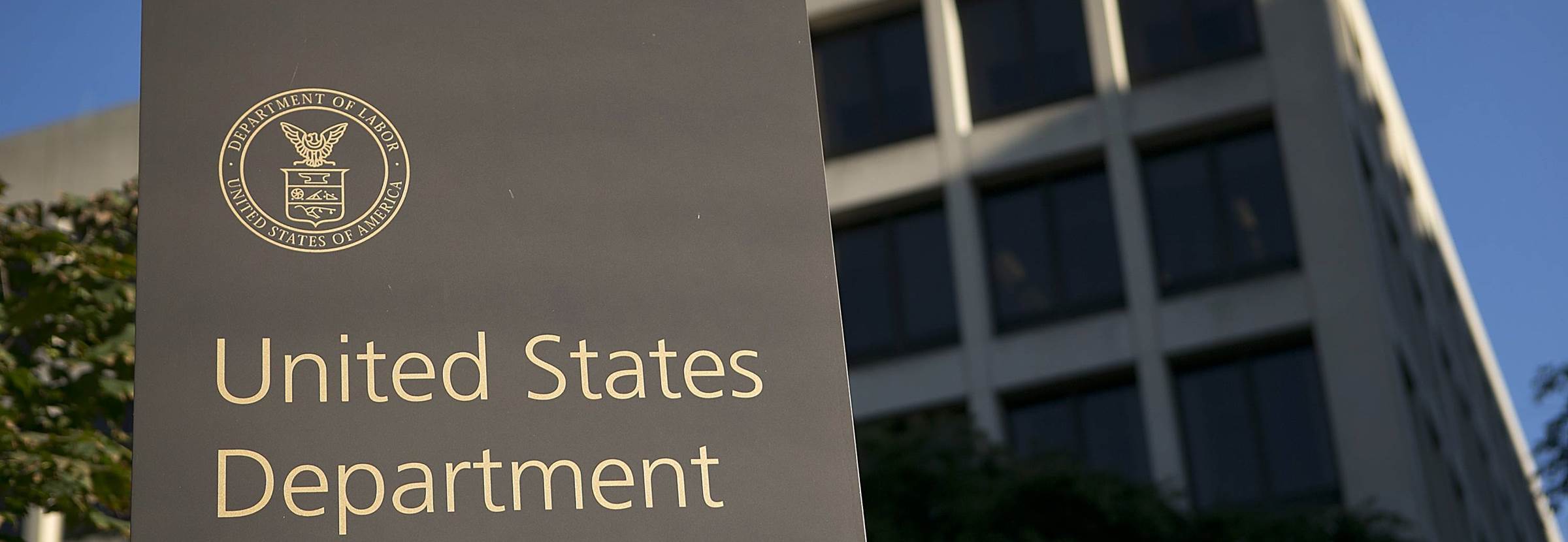OSHA Seeks Comment on Extending COVID-19 Standard for Healthcare to Workers Doing Construction at Healthcare Facilities
The Occupational Safety and Health Administration (OSHA) announced a limited comment period extension and public hearing in connection with its Emergency Temporary Standard (ETS) intended to protect healthcare and “healthcare support” workers from occupational exposure to COVID-19 in settings where people with COVID-19 are reasonably expected to be present (e.g., hospitals). OSHA originally issued a COVID ETS specific to healthcare on June 21, 2021 and it expired December 21, 2021 because of the statutory six-month limit applicable to each OSHA ETS. OSHA is now preparing to issue a final standard on COVID protections specific to healthcare based on the ETS. To advance this effort, OSHA is requesting comments responding to specific issues (including construction-specific issues, as described below) related to the now-expired ETS. Comments on the requested issues are due by April 22, 2022 and the public hearing will be held on April 27, 2022.
OSHA was explicit in the now-expired ETS that covered “healthcare support” workers include facility maintenance staff. In the ETS, OSHA also explained that covered healthcare employers were required “only to ensure that HVAC systems operate with a sufficient filter (MERV–13 where possible) in accordance with manufacturer’s instructions and design specifications” and are not required to “modify their HVAC systems or [Airborne Infection Isolation Rooms] in any manner.” OSHA also made clear that it did not expect employers to reconfigure duct work to comply with the ETS.
OSHA is now seeking additional comments on a number of discrete issues raised by the healthcare ETS to inform the final standard it is developing. Of particular note, OSHA observes that it did not expressly include employers that engage in construction work in hospitals, long-term care facilities, and other settings that were otherwise covered by the ETS. OSHA is considering clarifying this coverage and seeks comment on this approach. For example, OSHA is considering the same coverage for workers engaged in construction work inside a hospital (e.g., installing new ventilation or new equipment or adding a new wall) as for workers engaged in maintenance work or custodial tasks in the same facility. OSHA adds that it could consider exceptions for construction work in isolated wings or other spaces where construction employees would not be exposed to patients or other staff.
The overall scope of the ETS (which any final standard is expected to track) covered healthcare settings where employees provide healthcare services or healthcare support services and where suspected or confirmed COVID-19 patients are treated. OSHA noted that this includes: (1) employees in hospitals, nursing homes, and assisted living facilities; (2) emergency responders; (3) home healthcare workers; and (4) employees in ambulatory care settings where suspected or confirmed COVID-19 patients are treated. The ETS exempted fully vaccinated workers from masking, distancing, and barrier requirements when in well-defined areas where there is no reasonable expectation that any person with suspected or confirmed COVID-19 would be present.
Comments responding to this notice are due by April 22, 2022 and can be submitted here using Docket ID OSHA-2020-0004. OSHA will host a related public hearing on April 27, 2022 with additional details to be announced here in advance. Requests to testify during the hearing are due by April 6, 2022 and can be submitted here. Requests to testify must include: (1) the name, email address, and telephone number of each individual who will give oral testimony; (2) the name of the establishment or organization each individual represents, if any; (3) the occupational title and position of each individual testifying; and (4) a brief statement of the position each individual will take with respect to the issues raised by the ETS (e.g., “I generally support/oppose the whole standard,” “the requirement for [specific provision] should be removed,” “the scope of the rule should be changed to include/exclude …”).
© 2024 Signatory Wall and Ceiling Contractors Alliance (SWACCA). All rights reserved.
